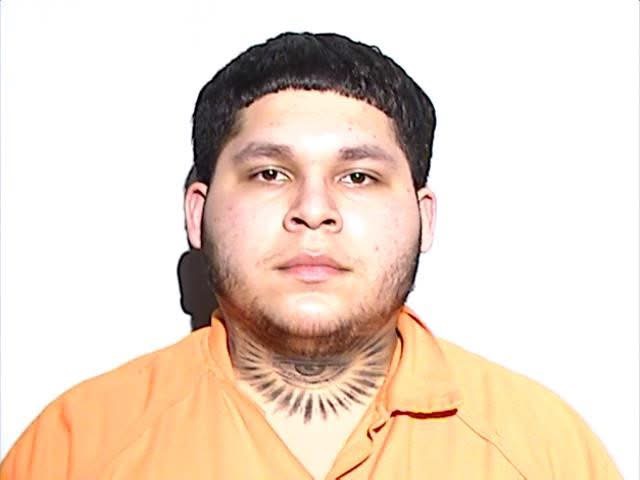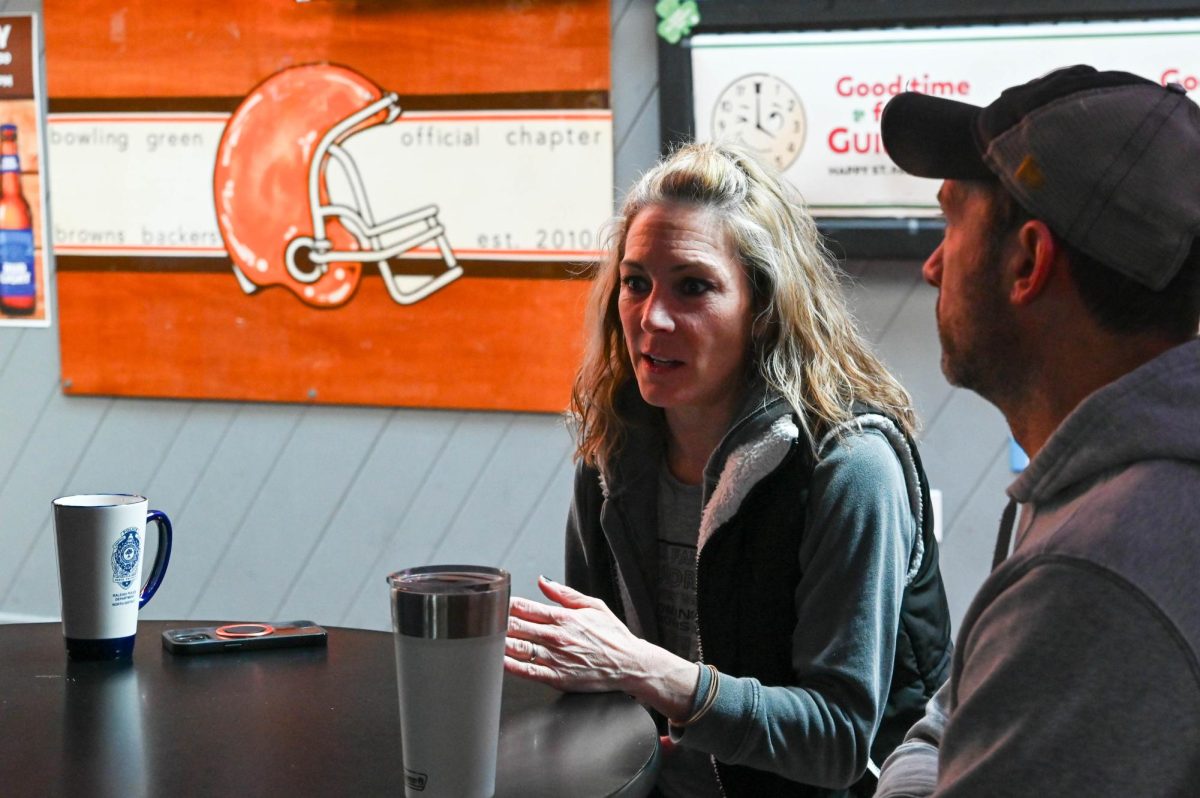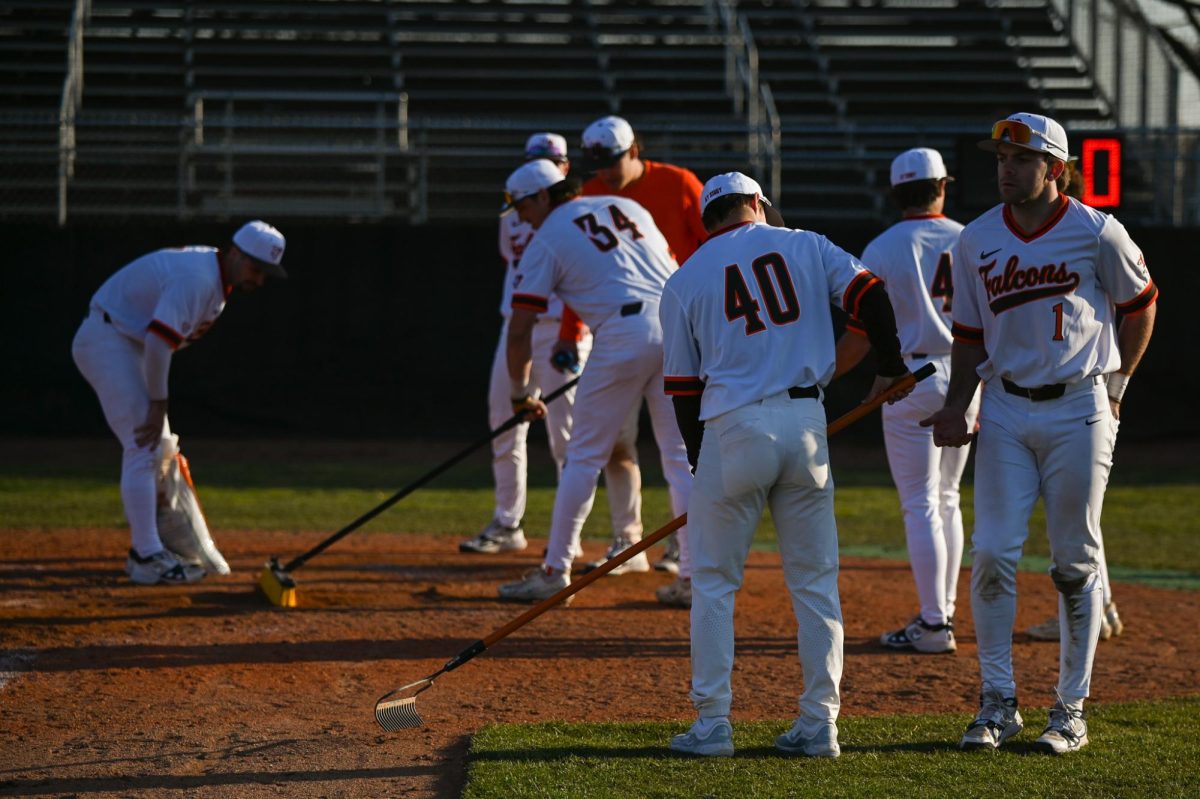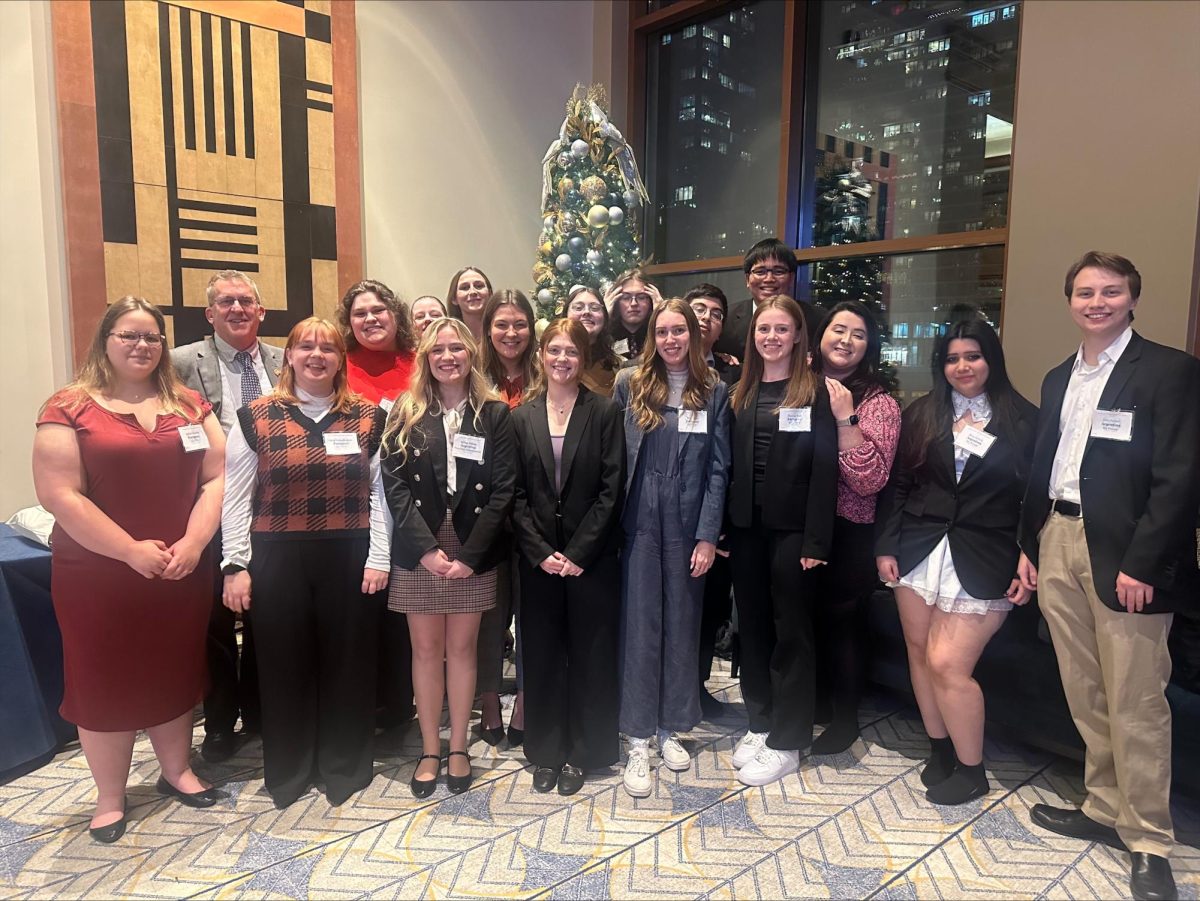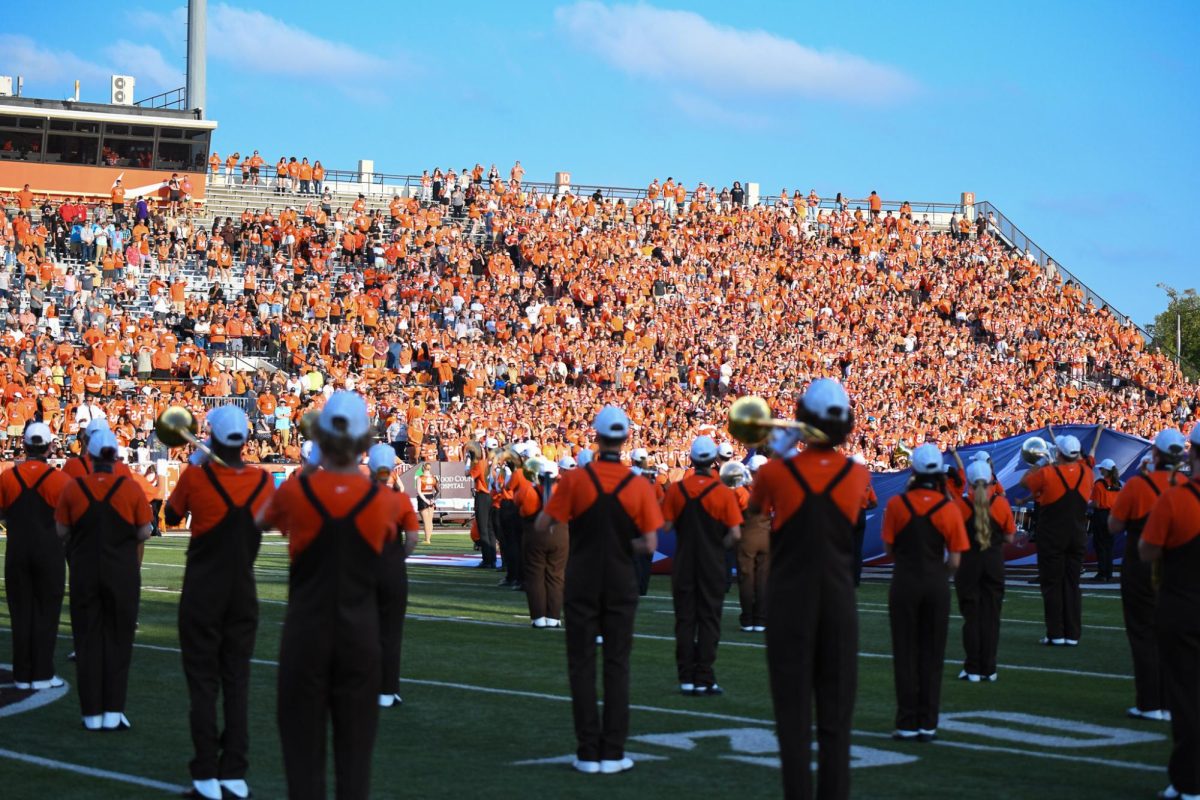Efforts to create a study to find and fix University problems before reaccreditation are beating the expectations of outside evaluators and administrators alike, according to Bill Knight, director of Planning and Institutional Research.
The University’s decade-long accreditation, which provides approval for federal funds, ends in March 2003. Evaluators from the North Central Association will return then to decide whether the University deserves reaccreditation.
The study’s progress impressed Karen Kietzman, an evaluator from the NCA Higher Learning Commission, Knight said. “She didn’t have a lot to say except that we’re on the right track.”
Kietzman was so impressed with the study that she invited the group in charge to present it at the Higher Learning Commission’s annual conference.
“We’ve accomplished a lot more than most schools have been able to,” said Mark Gromko, vice provost for academic programs. Gromko and Knight, project coordinators, said the study’s purpose is to find ways to fix weaknesses and keep strengths listed in the NCA’s 1993 report.
At the time, the NCA said the University needed a closer relationship with Firelands College in Sandusky.
Since then, the University has added more 300 and 400 level classes to the branch and given them more of a say in the decisions that affect them, Knight said. “They have more of a seat at the table now.”
Also, one of the group’s five committees is trying to set up a regular University-wide evaluation of student and academic programs.
“We’ve started requiring more reports from departments on student progress,” Knight said.
He said the group also plans to find ways to make University government more efficient and increase external funding before reaccreditation in 2003.
Accreditation is necessary for two reasons. First, only students at an accredited college or University can receive federal financial aid. Second, an institution must be accredited for course credits to transfer to other schools.
Accreditation means as much to the University’s reputation as it does to scholarships and credit transferring, Gromko said.
“Its reputation would be hurt if it weren’t accredited because (most) other schools are,” he said.
Losing accreditation is unlikely, Gromko said. The University has been accredited by the NCA since 1916.
However, evaluation determines how often the NCA inspects the University. The University was accredited for 10 years, the maximum amount of time possible. This motivates the group to set high goals.
“They might see the need for a follow-up report in two years,” Knight said. “We don’t want that.”
Gromko and Knight both agree it is important for students to understand the accreditation process. Evaluators often roam campus, questioning students about the University to determine whether it is worthy of accreditation.
“(Evaluators are) going to wonder about the accuracy of the self study if everyone says, ‘I’ve never heard of it,” Gromko said.
Students and community members will be able to influence the study next fall, when its first draft will be posted at www.bgsu.edu/offices/nca/.
“We’ll be willing to look at feedback from anyone,” Gromko said.


